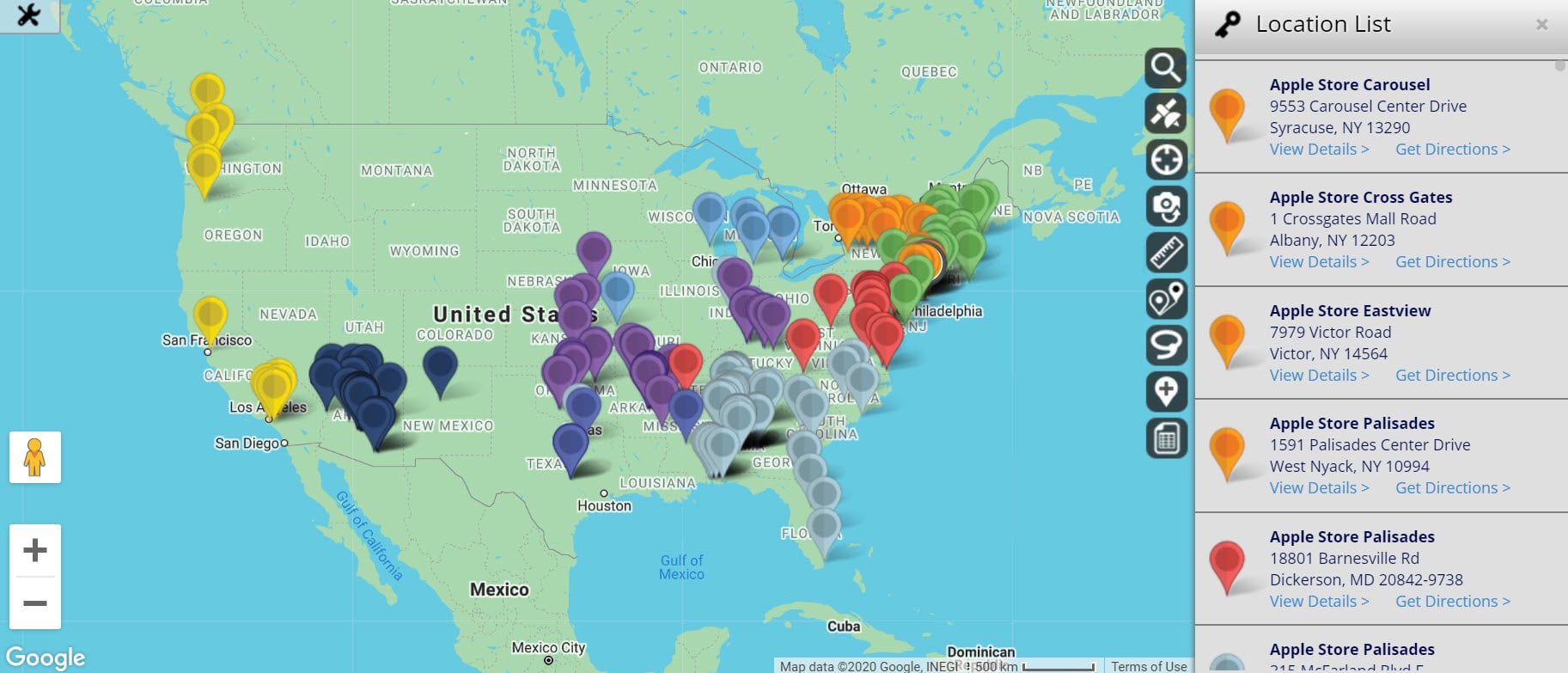$5 A Dozen: Egg Prices Fall From Record Highs In The US

Table of Contents
Factors Contributing to the Decrease in Egg Prices
Several factors have converged to bring down the cost of eggs. While the situation remains dynamic, these key elements have played a significant role in the recent price drop:
Reduced Impact of Avian Flu
The highly pathogenic avian influenza (HPAI) outbreak that ravaged poultry flocks across the US in 2022 was a major driver of high egg prices. However, the impact of avian flu is significantly reduced.
- Reduced flock losses: While sporadic outbreaks continue, the scale of culling is far less than at the peak of the crisis. Data from the USDA shows a substantial decrease in affected flocks compared to last year.
- Increased egg production from surviving flocks: Improved biosecurity measures and vaccination programs have helped surviving flocks to increase egg production. This has contributed significantly to the overall supply.
- Geographic impact: The Midwest, initially hardest hit by avian flu, is showing signs of recovery, contributing to a more balanced national egg supply.
Increased Egg Production
Beyond the reduced impact of avian flu, the overall egg production has seen a significant boost.
- Increased hen populations: Farmers have expanded their operations and new flocks are coming online, leading to a larger pool of egg-laying hens.
- Higher egg production numbers: Data from industry sources indicates a substantial increase in the number of eggs produced weekly, exceeding pre-outbreak levels.
- Government support: While not as significant as during the height of the crisis, some government programs aimed at supporting poultry farmers continue to aid production.
Easing of Supply Chain Issues
Supply chain disruptions, including fuel costs and trucking capacity, previously added to egg prices. Recent improvements have eased these bottlenecks.
- Improved trucking capacity: The easing of fuel prices and increased availability of drivers have improved the transportation of eggs from farms to processing plants and grocery stores.
- Streamlined logistics: Better coordination between producers, distributors, and retailers has helped to optimize the movement of eggs across the supply chain.
Seasonal Factors
Seasonal variations in egg laying and consumer demand also play a role.
- Increased egg laying: Egg-laying hens naturally produce more eggs during certain months of the year.
- Reduced demand: Demand for eggs may be slightly lower in certain seasons, leading to lower prices.
Current Market Trends and Regional Variations
While the national average hovers around $5 a dozen, there are notable regional and product variations.
Geographic Price Differences
Egg prices vary across the US.
- Regional discrepancies: States with higher local production often have lower prices than areas relying heavily on imported eggs. Transportation costs significantly affect price disparities between regions.
- Examples: Some states in the Midwest are already seeing prices closer to $4 a dozen, while others in the West Coast may still be slightly higher.
Different Egg Types
Price differences exist between organic, cage-free, brown, and white eggs.
- Price comparisons: Organic and cage-free eggs generally remain more expensive due to higher production costs. Brown eggs are often slightly more expensive than white eggs.
- Demand drives pricing: Consumer preferences for specific egg types directly influence their prices.
Consumer Behavior and Demand
Lower egg prices are already impacting consumer behavior.
- Increased consumption: With eggs more affordable, consumers are buying more.
- Purchasing patterns: Many are opting for larger quantities, stocking up on eggs while prices remain low.
Future Outlook for Egg Prices
While the current $5 a dozen average is a welcome relief, predicting long-term stability remains challenging.
Predicting Price Stability
Several factors could influence future egg costs.
- Factors maintaining low prices: Continued high production levels and stable supply chains suggest a continuation of lower prices.
- Factors leading to price increases: Future outbreaks of avian flu or other diseases, as well as rising feed costs, could drive prices back up.
Long-Term Trends
Long-term egg prices will be shaped by several interconnected forces.
- Consumer demand: Sustained demand for eggs will maintain pressure on production.
- Sustainable farming: The growing interest in ethical and sustainable egg production will influence pricing strategies.
Conclusion
The decrease in egg prices to around $5 a dozen in many areas marks a significant shift from the record highs seen earlier this year. This drop is primarily due to the reduced impact of avian flu, increased egg production, easing supply chain issues, and seasonal factors. While regional variations and different egg types impact pricing, the overall trend points towards lower costs in the near term. The future, however, remains somewhat uncertain. While the current situation offers a breath of fresh air for consumers, vigilance remains necessary. Keep an eye on egg prices in your area and take advantage of these lower costs while they last! Check your local grocery stores for the best deals on $5 a dozen eggs.

Featured Posts
-
 Where To Invest Mapping The Countrys Hottest Business Locations
May 15, 2025
Where To Invest Mapping The Countrys Hottest Business Locations
May 15, 2025 -
 Pelvic Contusion Sidelines Jimmy Butler Impact On Miami Heats Season
May 15, 2025
Pelvic Contusion Sidelines Jimmy Butler Impact On Miami Heats Season
May 15, 2025 -
 Toezichthouder Npo Belooft Snelle Actie Na Gesprek Leeflang
May 15, 2025
Toezichthouder Npo Belooft Snelle Actie Na Gesprek Leeflang
May 15, 2025 -
 Will Jimmy Butler Play Game 3 Warriors Offer Encouraging News
May 15, 2025
Will Jimmy Butler Play Game 3 Warriors Offer Encouraging News
May 15, 2025 -
 Office365 Security Flaw Exploited Millions Of Dollars Stolen
May 15, 2025
Office365 Security Flaw Exploited Millions Of Dollars Stolen
May 15, 2025
Latest Posts
-
 Vance Presses Biden For Comment On Trumps Russia Ukraine Policies
May 15, 2025
Vance Presses Biden For Comment On Trumps Russia Ukraine Policies
May 15, 2025 -
 Silence On Russia And Ukraine Vance Calls Out Bidens Stance On Trumps Actions
May 15, 2025
Silence On Russia And Ukraine Vance Calls Out Bidens Stance On Trumps Actions
May 15, 2025 -
 Vance Demands Biden Address Trumps Handling Of Russia And Ukraine
May 15, 2025
Vance Demands Biden Address Trumps Handling Of Russia And Ukraine
May 15, 2025 -
 Bidens Response To Trumps Russia Ukraine Actions Vances Criticism
May 15, 2025
Bidens Response To Trumps Russia Ukraine Actions Vances Criticism
May 15, 2025 -
 Mediumska Chistka Tramp Prodolzhuva So Napadi Vrz Kritichari
May 15, 2025
Mediumska Chistka Tramp Prodolzhuva So Napadi Vrz Kritichari
May 15, 2025
